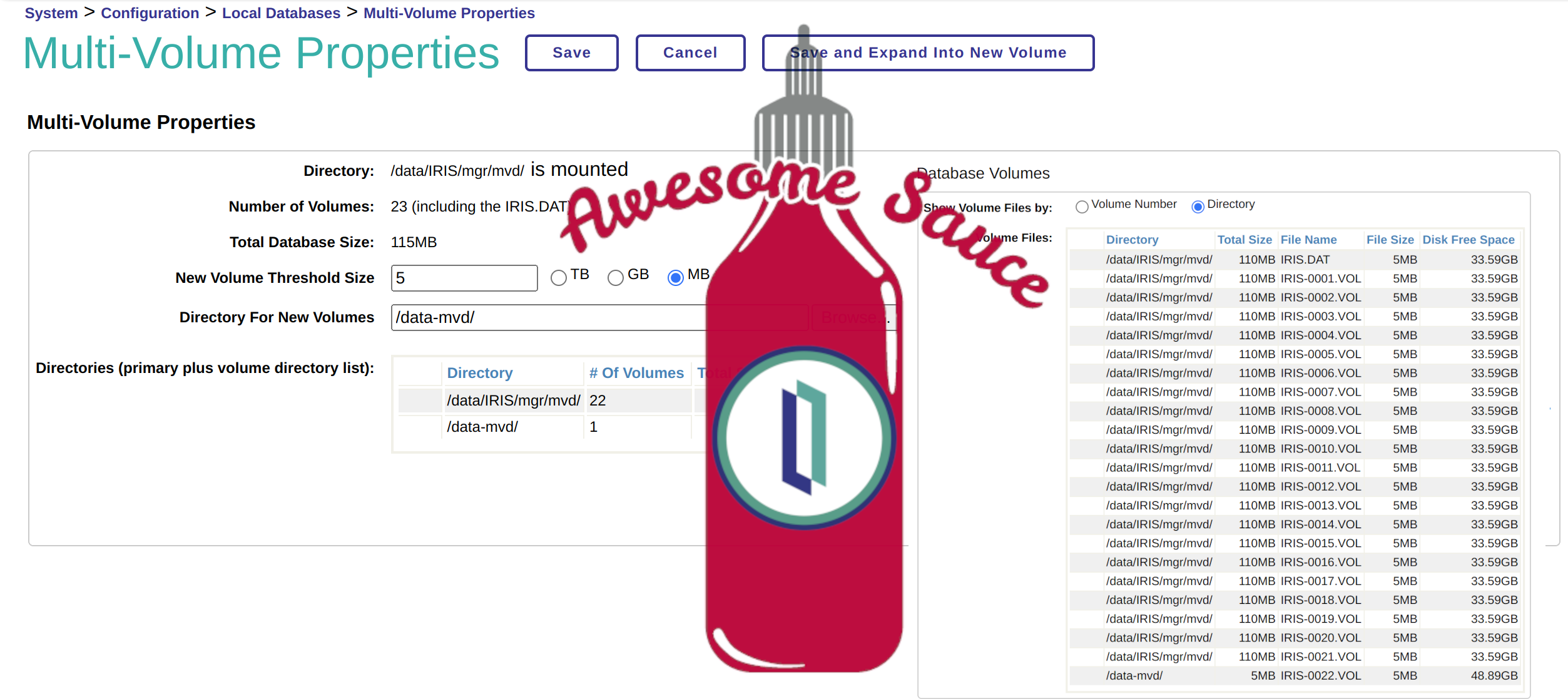Hi Community,
We are pleased to invite all the developers to the upcoming InterSystems Datasets Contest Kick-off Webinar! The topic of this webinar is dedicated to the Datasets contest.
In this webinar, we’ll do a quick tour of the new LOAD DATA feature, also chime in on packaging global data or file data with ZPM, and run a data-generation script as part of a method in the zpm install.
As always, our experts will answer the questions on how to develop, build, and deploy datasets using InterSystems IRIS.
Date & Time: Tuesday, December 28 – 10:00 AM EDT
Speakers:
🗣 @Benjamin De Boe, Product Manager, InterSystems
🗣 @Evgeny Shvarov, InterSystems Developer Ecosystem Manager
https://www.youtube.com/embed/jm7bDK0FoiI
[This is an embedded link, but you cannot view embedded content directly on the site because you have declined the cookies necessary to access it. To view embedded content, you would need to accept all cookies in your Cookies Settings]


.png)
.png)






